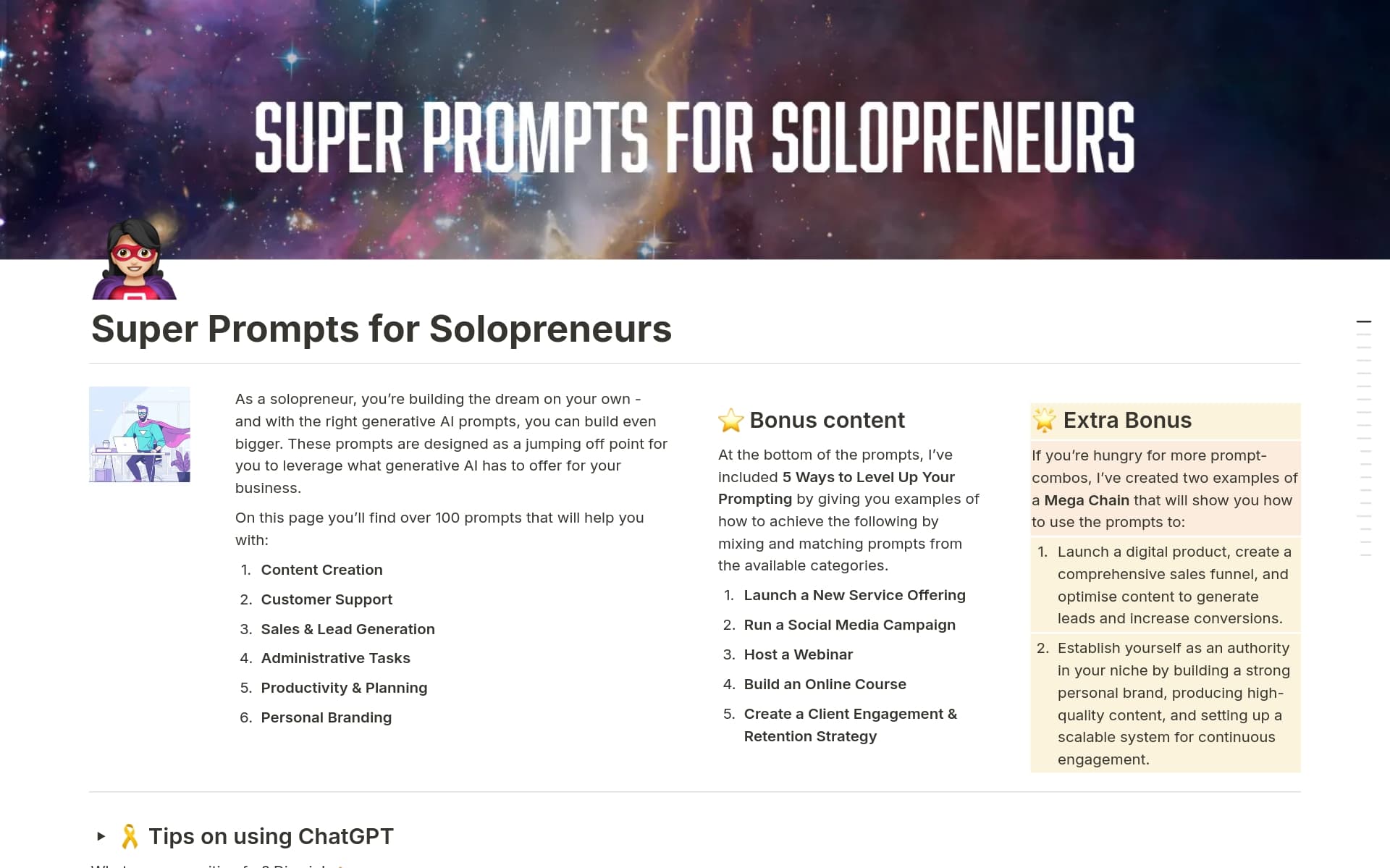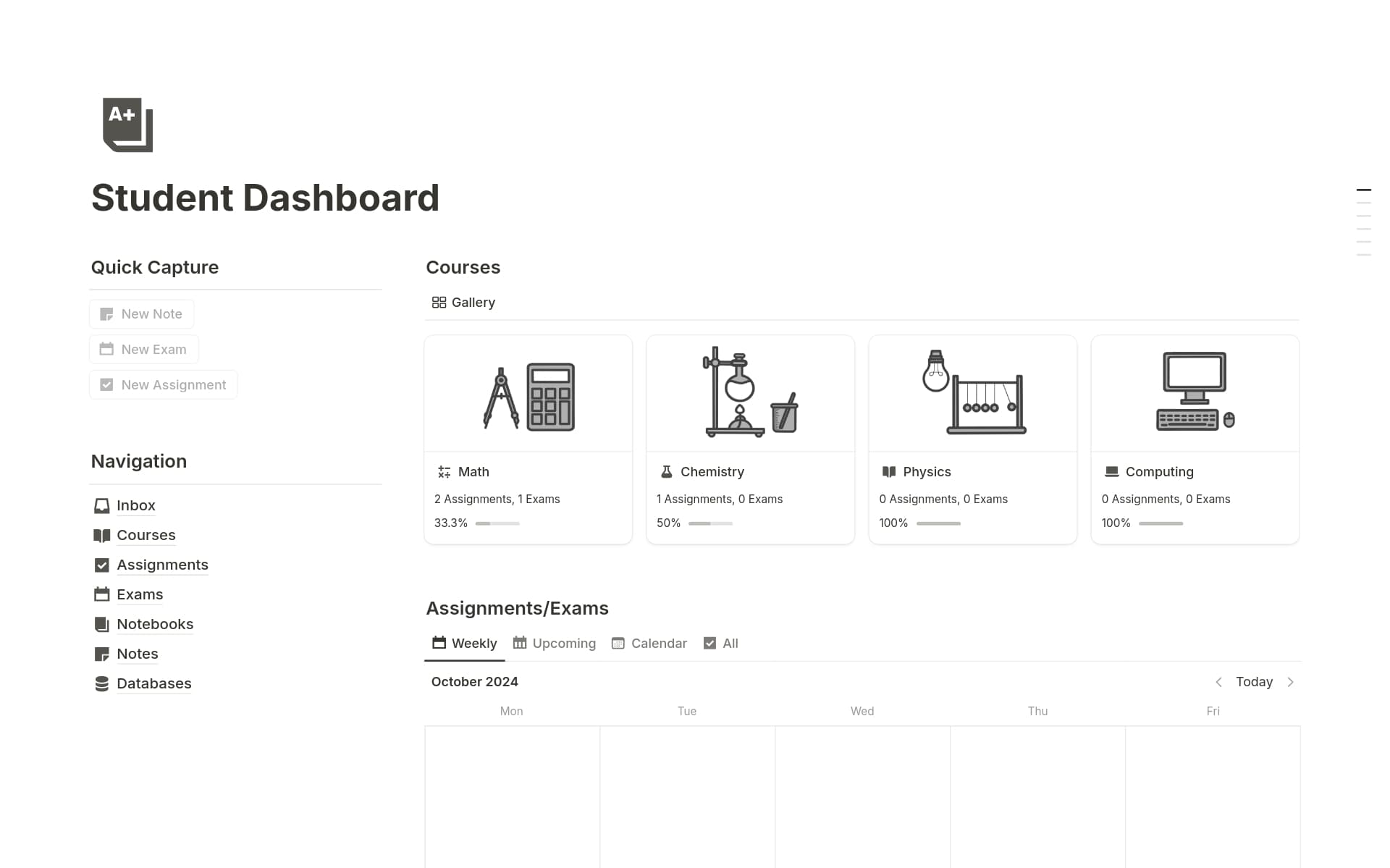Content planning is essential for maintaining a consistent and strategic approach to creating and sharing material that resonates with your audience. It helps you stay organized, align your content with your goals, and efficiently manage your resources. A Content Planning template in Notion can streamline this process, providing structure and clarity, and ensuring that every piece of content serves a purpose and reaches its intended audience effectively.
Before you dive into creating your own Content Planning system, take a look at these Notion templates designed to make content planning simpler and more effective. They offer a range of features tailored to different needs, from social media management to editorial calendars, ensuring there's a template that can help you elevate your content strategy.
What Should Content Planning Templates Include?
Choosing the right Content Planning Template in Notion can streamline your workflow and enhance your content strategy. Here are key components to look for:
Editorial Calendar: This feature should provide a clear overview of your publishing schedule, helping you plan posts effectively and maintain consistency.
Content Repository: A good template will include a space to store and categorize all your content assets, from drafts to final versions, for easy access and organization.
Task Assignment: Look for templates that allow you to assign tasks to team members, track progress, and set deadlines to ensure timely content delivery.
Analytics Section: An integrated section for tracking performance metrics can help you measure the success of your content and guide future strategies.
Selecting a template with these components will help you manage your content creation process more efficiently, ensuring that every piece of content is crafted with purpose and precision.
What Should Content Planning Templates Avoid?
When selecting a content planning template in Notion, it's essential to be aware of certain features that might hinder rather than help your content strategy. Here are three key components to steer clear of:
Overly Complex Structures: Templates with too many layers and subcategories can complicate the planning process, making it difficult to maintain a clear overview of your content.
Non-Customizable Elements: Avoid templates that don't allow you to tweak and adjust sections. Flexibility is key in content planning to adapt to different strategies and needs.
Limited Integration Capabilities: Ensure the template supports integration with other tools and platforms. Templates that don't support integration can create silos and disrupt workflow.
Choosing the right template involves looking for simplicity, flexibility, and integration capabilities to streamline your content planning process effectively.



